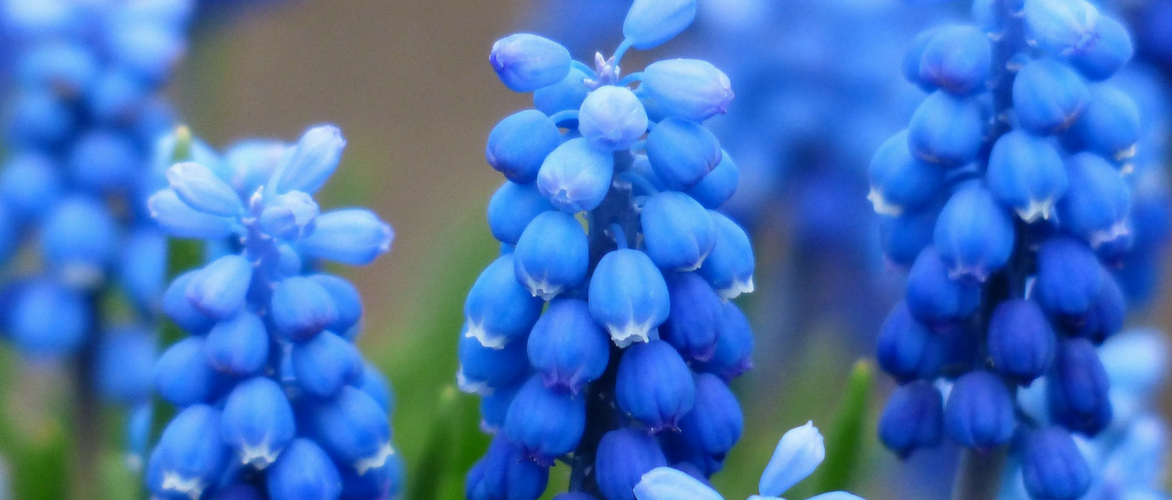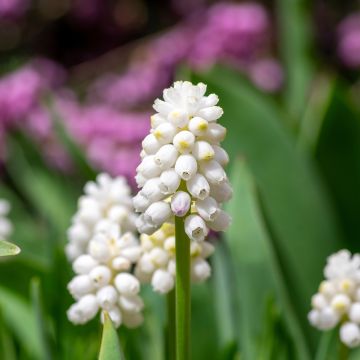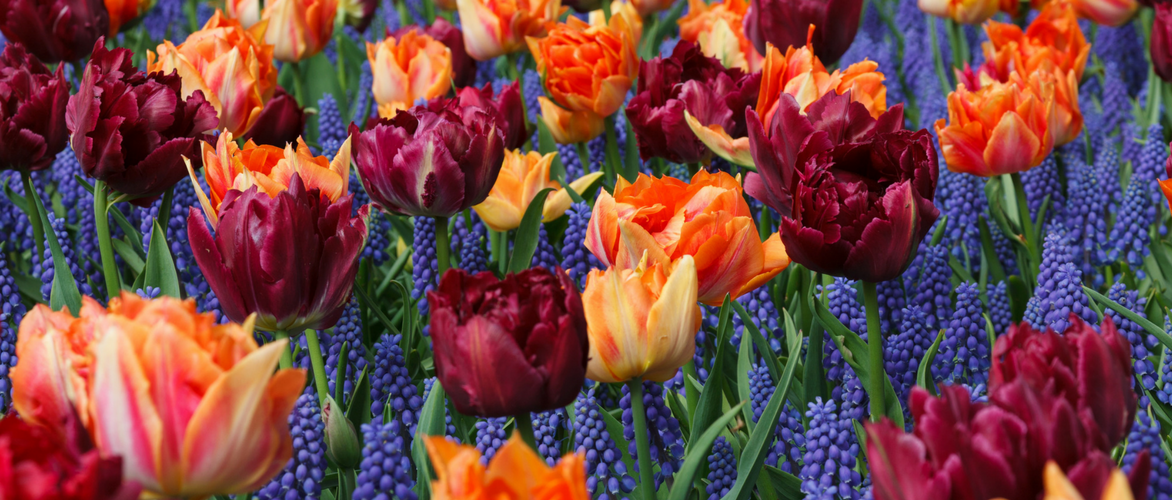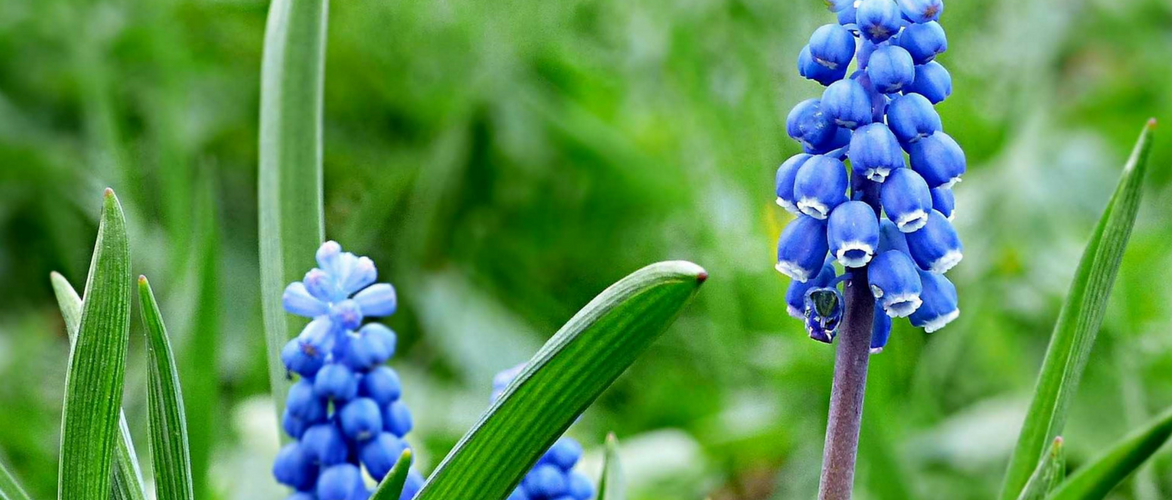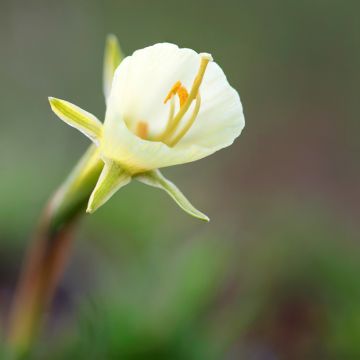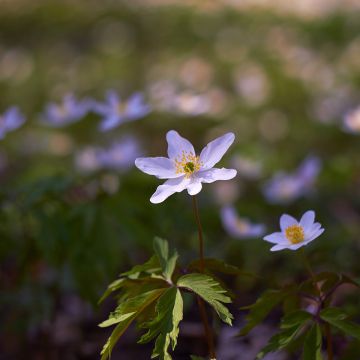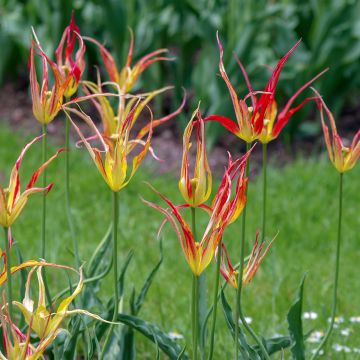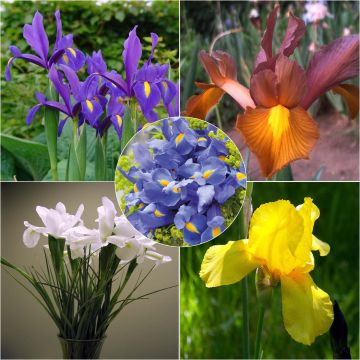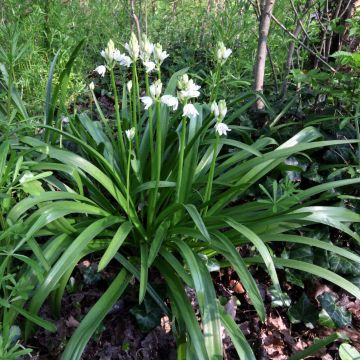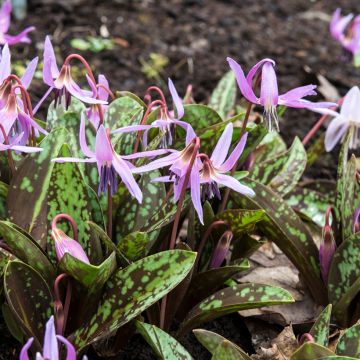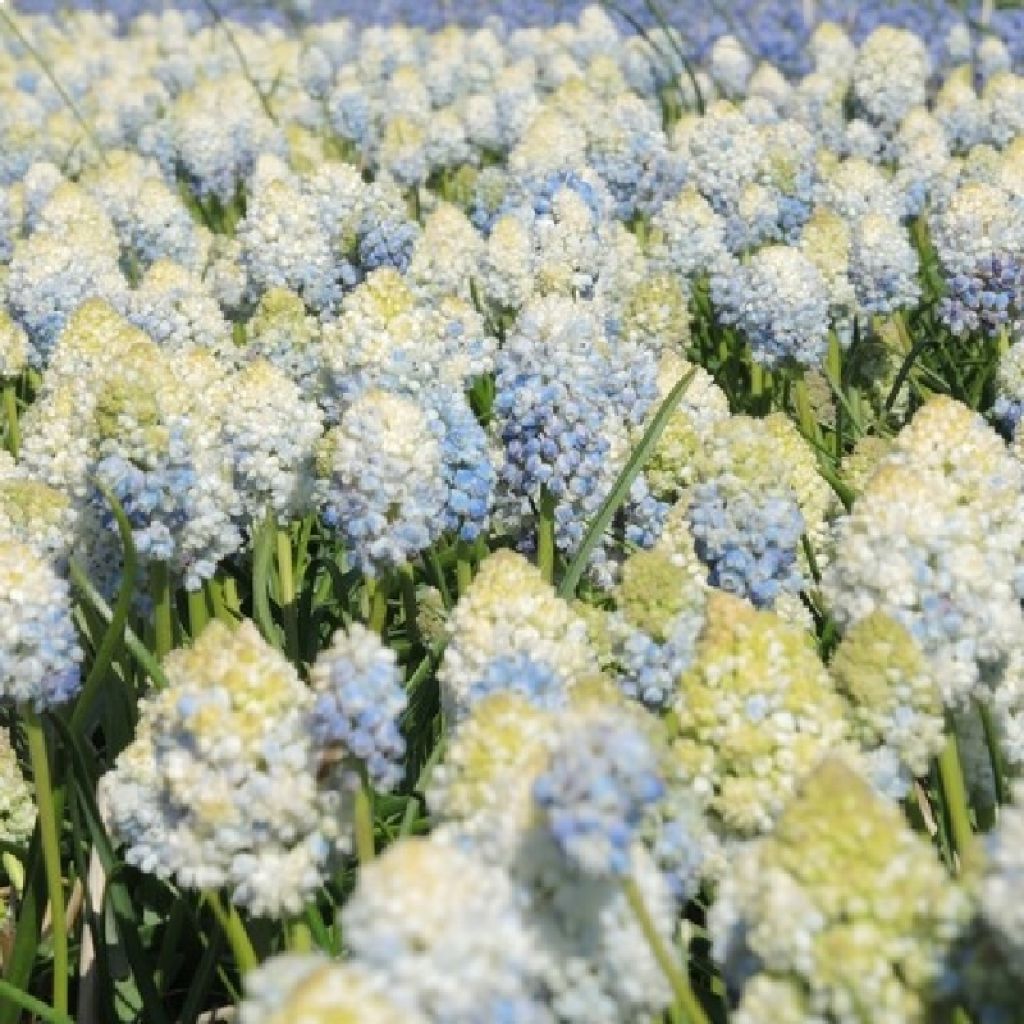

Muscari armeniacum Double Beauty
Muscari Double Beauty - Grape Hyacinth
Muscari armeniacum Double Beauty
Armenian Grape Hyacinth, Garden Grape-hyacinth
Special offer!
Receive a €20 voucher for any order over €90 (excluding delivery costs, credit notes, and plastic-free options)!
1- Add your favorite plants to your cart.
2- Once you have reached €90, confirm your order (you can even choose the delivery date!).
3- As soon as your order is shipped, you will receive an email containing your voucher code, valid for 3 months (90 days).
Your voucher is unique and can only be used once, for any order with a minimum value of €20, excluding delivery costs.
Can be combined with other current offers, non-divisible and non-refundable.
This plant carries a 6 months recovery warranty
More information
We guarantee the quality of our plants for a full growing cycle, and will replace at our expense any plant that fails to recover under normal climatic and planting conditions.
Would this plant suit my garden?
Set up your Plantfit profile →
Description
Muscari Double Beauty is a recent variety that stands out with its double flowers. They are tightly packed in a spiky, pastel, colour changing cluster, where white dominates at the beginning and then turns into sky blue. The inflorescence is nectar-rich and slightly scented in the form of a very dense conical cluster that emerges from a clump of herbaceous foliage in early spring. This small bulbous plant rests in summer, unaffected by heat and drought. Lovely when planted with spring bulbs with yellow or blue flowers.
Probably derived from Muscari armeniacum, among others, 'Double Beauty' belongs to the asparagaceae family. This small bulbous plant produces a basal rosette of long, very narrow, gutter-shaped, light green and bright leaves in late winter. Each rosette produces 1 to 3 floral stems on a mature and well-developed bulb, usually in early April. The 12-15 cm (5-6in) tall floral stems bear many small double urn-shaped, initially pure white flowers, tightly packed in a compact 8 cm (3in) cluster. Each flower gradually turns pale blue, from the bottom to the top of the cluster. After pollination, it forms fruits containing numerous round and black seeds that germinate very easily. The foliage dries up and disappears shortly after flowering.
Muscari Double Beauty is an unassuming but versatile and very useful plant in a garden or for decorating homes without gardens. Its great resistance to cold, drought and shade allows it to be used in many situations: in the undergrowth, at the base of trees, along borders to highlight the design of a pathway, in rock gardens, or Japanese-style gardens. It also grows very well in pots, on a window or balcony. It is so accommodating that it will forgive if you forget to water and thrive in neglected or weekend gardens. Its blue flowers are very beautiful next to the yellow trumpets of daffodils and forget-me-nots, the fragrant clusters of early blue hyacinths (Blue Pearl, Delft Blue), or the pink and red cups of triumph tulips.
Plant habit
Flowering
Foliage
Botanical data
Muscari
armeniacum
Double Beauty
Hyacinthaceae
Armenian Grape Hyacinth, Garden Grape-hyacinth
Cultivar or hybrid
Other Muscari
View all →Planting and care
Plant your Double Beauty muscari as soon as possible in a well-drained soil. Loosen the soil deeply. Plant at a depth of 8 cm (3in) (Bulbs should be covered with twice their height of soil), 8 cm (3in) apart, making sure they do not touch. Choose a sunny exposure for better flowering. Muscari armeniacum is undemanding of soil type and perfectly hardy in all regions, even with dry summers. Divide the bulbs every 4 years at most. If you grow it in pots, make sure to water it regularly and provide fertiliser at the end of flowering so that the bulb replenishes its reserves.
Planting period
Intended location
Care
Planting & care advice
This item has not been reviewed yet - be the first to leave a review about it.
Similar products
Haven't found what you were looking for?
Hardiness is the lowest winter temperature a plant can endure without suffering serious damage or even dying. However, hardiness is affected by location (a sheltered area, such as a patio), protection (winter cover) and soil type (hardiness is improved by well-drained soil).

Photo Sharing Terms & Conditions
In order to encourage gardeners to interact and share their experiences, Promesse de fleurs offers various media enabling content to be uploaded onto its Site - in particular via the ‘Photo sharing’ module.
The User agrees to refrain from:
- Posting any content that is illegal, prejudicial, insulting, racist, inciteful to hatred, revisionist, contrary to public decency, that infringes on privacy or on the privacy rights of third parties, in particular the publicity rights of persons and goods, intellectual property rights, or the right to privacy.
- Submitting content on behalf of a third party;
- Impersonate the identity of a third party and/or publish any personal information about a third party;
In general, the User undertakes to refrain from any unethical behaviour.
All Content (in particular text, comments, files, images, photos, videos, creative works, etc.), which may be subject to property or intellectual property rights, image or other private rights, shall remain the property of the User, subject to the limited rights granted by the terms of the licence granted by Promesse de fleurs as stated below. Users are at liberty to publish or not to publish such Content on the Site, notably via the ‘Photo Sharing’ facility, and accept that this Content shall be made public and freely accessible, notably on the Internet.
Users further acknowledge, undertake to have ,and guarantee that they hold all necessary rights and permissions to publish such material on the Site, in particular with regard to the legislation in force pertaining to any privacy, property, intellectual property, image, or contractual rights, or rights of any other nature. By publishing such Content on the Site, Users acknowledge accepting full liability as publishers of the Content within the meaning of the law, and grant Promesse de fleurs, free of charge, an inclusive, worldwide licence for the said Content for the entire duration of its publication, including all reproduction, representation, up/downloading, displaying, performing, transmission, and storage rights.
Users also grant permission for their name to be linked to the Content and accept that this link may not always be made available.
By engaging in posting material, Users consent to their Content becoming automatically accessible on the Internet, in particular on other sites and/or blogs and/or web pages of the Promesse de fleurs site, including in particular social pages and the Promesse de fleurs catalogue.
Users may secure the removal of entrusted content free of charge by issuing a simple request via our contact form.
The flowering period indicated on our website applies to countries and regions located in USDA zone 8 (France, the United Kingdom, Ireland, the Netherlands, etc.)
It will vary according to where you live:
- In zones 9 to 10 (Italy, Spain, Greece, etc.), flowering will occur about 2 to 4 weeks earlier.
- In zones 6 to 7 (Germany, Poland, Slovenia, and lower mountainous regions), flowering will be delayed by 2 to 3 weeks.
- In zone 5 (Central Europe, Scandinavia), blooming will be delayed by 3 to 5 weeks.
In temperate climates, pruning of spring-flowering shrubs (forsythia, spireas, etc.) should be done just after flowering.
Pruning of summer-flowering shrubs (Indian Lilac, Perovskia, etc.) can be done in winter or spring.
In cold regions as well as with frost-sensitive plants, avoid pruning too early when severe frosts may still occur.
The planting period indicated on our website applies to countries and regions located in USDA zone 8 (France, United Kingdom, Ireland, Netherlands).
It will vary according to where you live:
- In Mediterranean zones (Marseille, Madrid, Milan, etc.), autumn and winter are the best planting periods.
- In continental zones (Strasbourg, Munich, Vienna, etc.), delay planting by 2 to 3 weeks in spring and bring it forward by 2 to 4 weeks in autumn.
- In mountainous regions (the Alps, Pyrenees, Carpathians, etc.), it is best to plant in late spring (May-June) or late summer (August-September).
The harvesting period indicated on our website applies to countries and regions in USDA zone 8 (France, England, Ireland, the Netherlands).
In colder areas (Scandinavia, Poland, Austria...) fruit and vegetable harvests are likely to be delayed by 3-4 weeks.
In warmer areas (Italy, Spain, Greece, etc.), harvesting will probably take place earlier, depending on weather conditions.
The sowing periods indicated on our website apply to countries and regions within USDA Zone 8 (France, UK, Ireland, Netherlands).
In colder areas (Scandinavia, Poland, Austria...), delay any outdoor sowing by 3-4 weeks, or sow under glass.
In warmer climes (Italy, Spain, Greece, etc.), bring outdoor sowing forward by a few weeks.






























